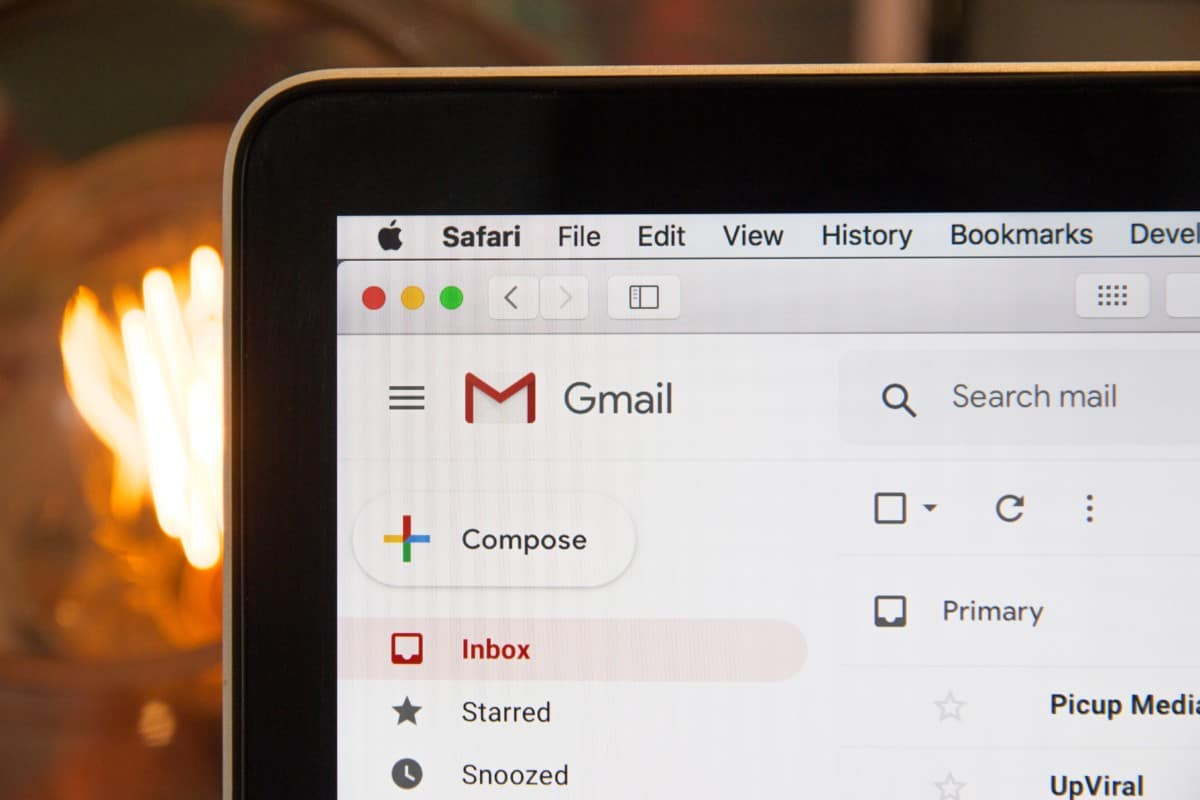Email open rates are a key performance indicator (KPI) that measures the percentage of recipients who open an email campaign. In this article, we’ll dive into the intricacies of email open rates, explore industry benchmarks, and provide insights on what makes a good open rate based on real-world data.
To set the context, let’s take a look at the table below, which provides average open rates, click-through rates (CTR), and revenue per email subscriber for various industries:
| Industry | Average Open Rate | Average Click-Through Rate (CTR) | Average Revenue per Email Subscriber |
|---|---|---|---|
| E-commerce | 20% | 3.5% | $45.65 |
| Finance/Insurance | 22% | 2.8% | $94.47 |
| Travel/Hospitality | 18% | 1.5% | $34.02 |
| Health/Fitness | 25% | 4.2% | $25.42 |
| Technology | 15% | 1.8% | $56.03 |
| Food/Beverage | 19% | 2.1% | $24.91 |
| Non-profit | 24% | 3.0% | $13.75 |
| Real Estate | 16% | 1.2% | $126.88 |
It’s important to note that these averages are based on industry benchmarks and can vary depending on factors such as audience, campaign strategy, and content quality. However, they provide a general reference point for evaluating email performance.
Now, back to the question at hand: Is 30% a good email open rate? Based on the industry benchmarks, a 30% open rate is above average and generally considered to be a good open rate. However, it’s important to remember that open rates alone do not tell the whole story about the effectiveness of an email campaign. Click-through rates (CTR) and revenue per email subscriber are equally important metrics to assess the overall performance and impact of your email marketing efforts.
While a 30% open rate may be deemed good, it’s crucial to strive for continuous improvement. Here are some tips to optimize your email open rates and maximize the success of your campaigns:
- Segment your email list:
Tailor your emails to specific segments of your audience based on their interests, preferences, behavior, or demographic characteristics. This targeted approach can increase relevancy and boost open rates. - Craft compelling subject lines:
Your subject line is the first impression of your email. Make it intriguing, personalized, and relevant to entice recipients to open your email. Avoid misleading or spammy subject lines, as they can harm your open rates and sender reputation. - Optimize pre-header text:
Pre-header text is the preview text that appears after the subject line in the email inbox. Use it strategically to provide a teaser or additional value proposition to further entice recipients to open your email. - Test send times and frequency:
Experiment with different send times and frequencies to determine when your audience is most likely to engage with your emails. Consider factors such as time zones, weekdays vs. weekends, and seasonality. - Deliver valuable content:
Content is king! Provide valuable, relevant, and engaging content that resonates with your audience. Make sure your emails are visually appealing, mobile-friendly, and easy to read. Avoid long paragraphs and use clear and concise language. - Optimize sender name and address:
Your sender name and email address should be recognizable and trustworthy. Use a consistent sender name and address to build familiarity and trust with your recipients. - Implement personalization:
Personalize your emails with dynamic content, such as the recipient’s name, location, or past purchase history. This can help create a sense of connection and relevance, leading to higher open rates. - Monitor and analyze your results:
Regularly review your email performance metrics, including open rates, click-through rates, and revenue per email subscriber. Analyze the data to identify trends, patterns, and areas for improvement, and adjust your email strategy accordingly.
In conclusion, while a 30% open rate can be considered a good benchmark, it’s important to evaluate the overall performance of your email campaigns using multiple metrics and continuously strive for improvement. Experiment with different strategies, segment your audience, craft compelling subject lines, optimize content, and analyze your results to optimize your email open rates and achieve better results. Remember, email marketing is a dynamic and ever-evolving field, and staying up-to-date with industry benchmarks and best practices is crucial for success.
I hope this article provides you with valuable insights into the question of whether 30% is a good email open rate. If you have any further questions or need assistance with your email marketing strategy, feel free to reach out. Happy email marketing!

